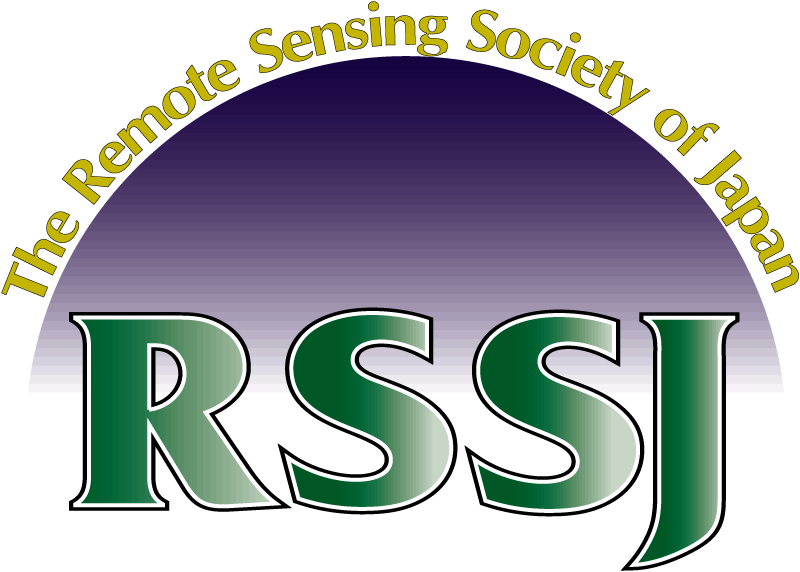- 4.1Impact Factor
- 8.6CiteScore
- 25 daysTime to First Decision
Remote Sensing
Remote Sensing is an international, peer-reviewed, open access journal about the science and application of remote sensing technology, published semimonthly online by MDPI.
The Remote Sensing Society of Japan (RSSJ) and Japan Society of Photogrammetry and Remote Sensing (JSPRS) are affiliated with Remote Sensing and their members receive discounts on the article processing charge.
Quartile Ranking JCR - Q1 (Geosciences, Multidisciplinary)
All Articles
News & Conferences
Issues
Open for Submission
Editor's Choice
Reprints of Collections

Reprint
Satellite Remote Sensing for Ocean and Coastal Environment Monitoring
Editors: Haidong Pan, Daosheng Wang, Jungang Yang

Reprint
Remote Sensing Retrievals of Optical Properties in Inland Waters and the Coastal Ocean
Editors: Chong Fang, Andrew Clive Banks, Zhidan Wen, Shaohua Lei



